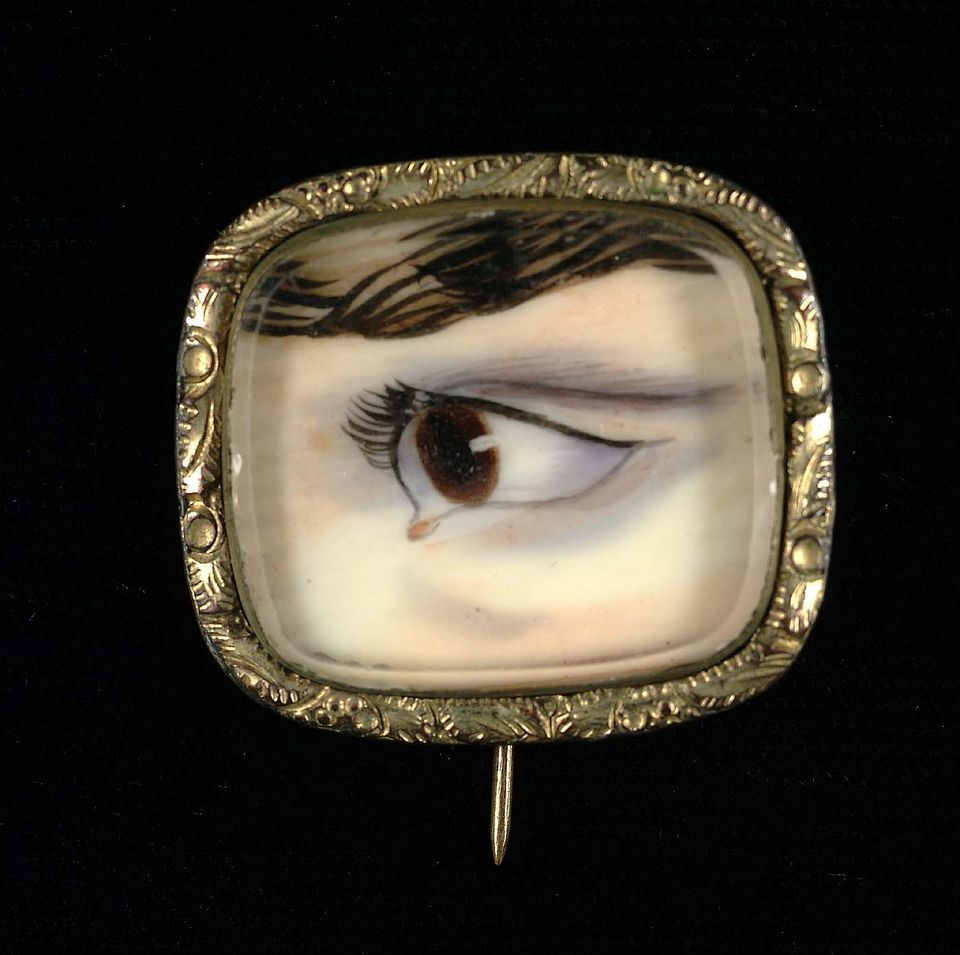
Welcome to Eye Level! I'm pleased to introduce the Smithsonian American Art Museum's blog, the first by the Smithsonian and one of just a handful of museum sites in the blogosphere.
So what's this museum blog all about? Here's the short version: Eye Level investigates American art—its history, evolution, and currents. The hope is that this blog hosts a vital conversation among artists, curators, collectors, and enthusiasts on a broad range of subjects related to American art. It's the kind of conversation you have in a museum—that unique social space that a museum provides—that Eye Level would like to bring to the blogosphere.
Over the long term, Eye Level will look at both art and museums, offering the kind of close examination that new media affords, in part simply to find out how new media can enhance the museum's role. Incidentally, you'll notice both below this entry and in the archives several posts from the last few weeks (the preseason, if you will). If you like, you can read a bit more about the blog in the entries "Introducing Eye Level" and "Art in America."
At its core, Eye Level is about art. The image above joins the Stuart Davis in the banner as a mascot for the blog. It was once considered fashionable to carry a miniature portrait of a lover's eye; the trend dates to the 1820s. Photography eventually provided for more visually accurate reminders of loved ones. Today, of course, cellular technology allows your significant other not only to keep a metaphorical eye on you, but also track your precise coordinates—different accessories, but a similar concept.
Anyway, to cite the old cliché, the eye is the window to the soul. If art is a window to a culture, Eye Level is a way to take it in.


















